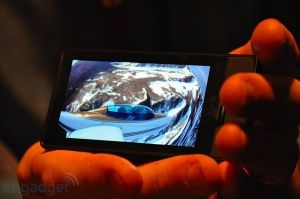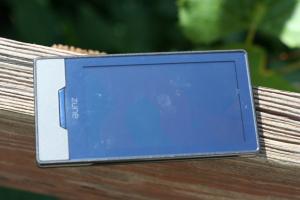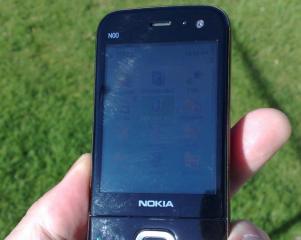Samsung Mobile Display to start making AMOLEDs with integrated touch function
Samsung Mobile Display announced that they will begin to produce AMOLED panels with integrated touch function. They will begin to produce the first panel, a 3.3" WVGA, 480x800 one in March. Samsung brands these display Super-AMOLED.
Samsung makes Super AMOLEDs by layering a touch-sensor (on-cell) over the OLED display and evaporating it. The thickness of the touch sensor is just 0.001mm - which should allow the screen to provide better images than normal AMOLEDs with an external touch layer, especially under direct light.






